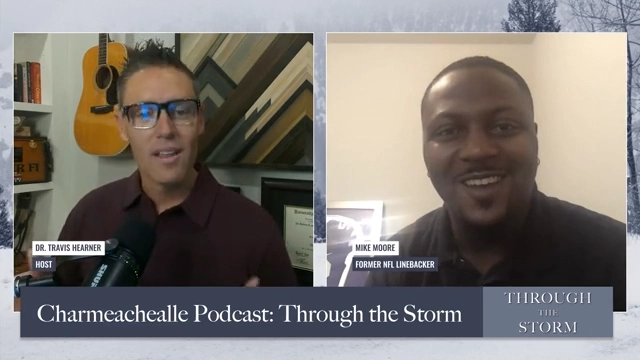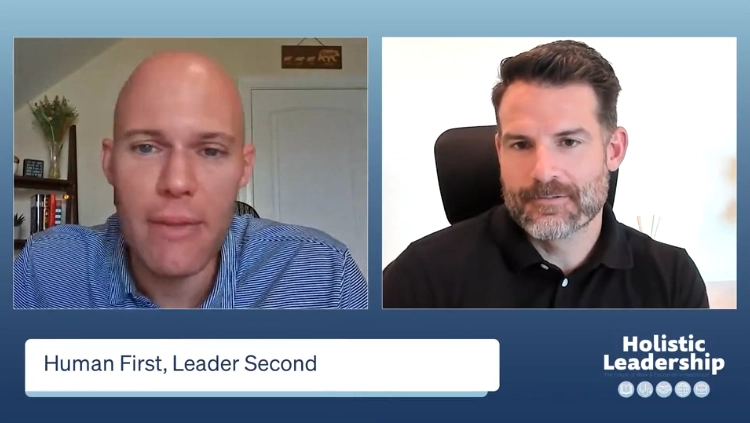Prudent Practices to Reducing Grant Fraud: Weaver: Beyond The Numbers
On this episode of Weaver: Beyond The Numbers, Host Adam Jones discussed grant compliance with Brandon Tanous, Partner Risk Advisory Services, and Travis Casner, Managing Director of Forensics and Litigation Services. Specifically, they covered the increased availability of grant money from the federal and state level, and more importantly, avoiding fraud in the grant management cycle.
The best way to avoid fraud and adhere to grant compliance is by having a good system of internal controls. Whether it’s higher education, state or local municipalities, or not-for-profits, the question is always where to start. Each organization is going to have a different level of maturity when it comes to these internal controls.
“Most of recipients learn very quickly that every grant has strings attached,” explained Tanous, whose focus is state and local government and has 13 years of experience building internal controls around grant compliance. “An internal control that we always want to see is, first and foremost, is an understanding the grant criteria, with documented policies and procedures, and segregation of duty.”
Tanous elaborated that too often, you see people trying to do too many things. Having those internal controls, and not having the same person initiating and executing and approving all transactions, and making sure there is a healthy number of people working on the project.
The first place to start is by working on policies and procedures, so people know what they’re supposed to do and how the protocols should be performed. Those policies and procedures should also reflect the current environment.
“The common deficiencies we see are that people don’t have those [policies and procedures] established,” Tanous said.
A primary concern is how quickly fraud can occur when proper controls are not in place. This becomes a bigger challenge when working with a decentralized organization that needs a centralized process.
“We are now able to use analytics to benchmark spending and identify abnormalities,” said Casner who has managed numerous financial forensics investigations involving allegations of fraud. “Why might an organization be paying more than their peers for a good or services? Is there a legitimate reason or something nefarious going on?”
Casner went on to say that some of the most common fraud happens in the procurement processes. From kick-backs to bribery, not having proper controls around purchasing can open your entity up for fraudulent activity.
Taking a proactive approach to combating fraud by utilizing analytics can help identify red flags and schemes before they occur, especially as it relates to grant management.
Listen to the full episode to hear all of Tanous and Casner’s insights.
Subscribe and listen to future episodes of Weaver: Beyond the Numbers, The Business of Government on Apple Podcasts or Spotify.
Weaver’s professionals are known for helping government clients address problems, achieve compliance, and prevent fraud or loss. Visit weaver.com for more thought leadership.



